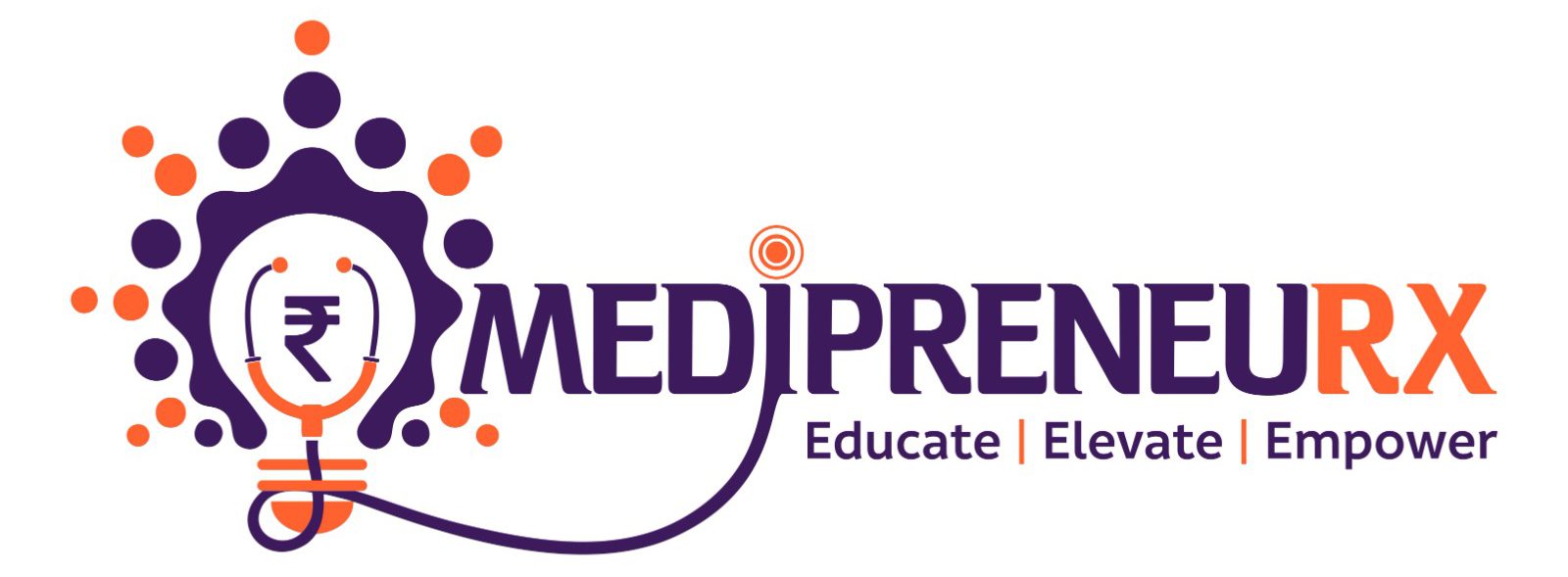J P Nadda, the Union Health Minister, recently spoke at the BJMFCON 2024 symposium and emphasized the new All India Institutes of Medical Sciences’ (AIIMS) dedication to upholding high standards. He promised that the faculty and instruction at these schools would never be compromised, as they are crucial to upholding the AIIMS reputation that was built in the 1960s. While it took decades for AIIMS-Delhi to become well-known, Nadda emphasized that he would uphold the institution’s standards and reputation.
Nadda mentioned that personnel recruitment for AIIMS-Deoghar is ongoing, and he announced the impending groundbreaking ceremony for AIIMS-Darbhanga. He talked on the major policy changes that have been implemented in the previous ten years to enhance medical education and healthcare delivery in India. In order to establish a more holistic model that incorporates preventive, promotive, curative, palliative, and rehabilitative care, the 2017 health policy sought to develop a comprehensive strategy.
He cited the conversion of primary healthcare facilities into Ayushman Arogya Mandirs, of which there are already 1.73 lakh throughout the nation. The goal of these facilities is non-communicable disease (NCD) early diagnosis. 10,716 Arogya Mandirs in Bihar have impressively registered 8.35 crore foot traffic and performed 4.36 crore NCD checks. In a similar vein, Jharkhand boasts 2,33 crore visitors to its 3,825 Arogya Mandirs.
Nadda described the growth in diagnostic services offered by several healthcare facilities, such as 134 district hospitals and 14 sub-health centers. He underlined the significance of the Pradhan Mantri National Dialysis Programme’s free dialysis treatments, which are offered at every district hospital.
He brought up the effective execution of India’s COVID-19 vaccine program, which has given over 220 crore doses, when talking about institutional deliveries. Nadda also emphasized the notable rise in medical colleges—156 district hospitals were turned into medical colleges—from 387 to 786 over the course of the previous ten years.
He was excited about the government’s intentions to enhance medical education by adding more than 75,000 postgraduate and MBBS seats. Nadda concluded by saying that the government’s efforts to improve healthcare access and quality in India have resulted in lower child mortality rates thanks to programs like the Swachh Bharat Abhiyan and lower out-of-pocket healthcare costs thanks to the Ayushman Bharat health insurance scheme.
SOURCE :
ET HEALTHWORLD








